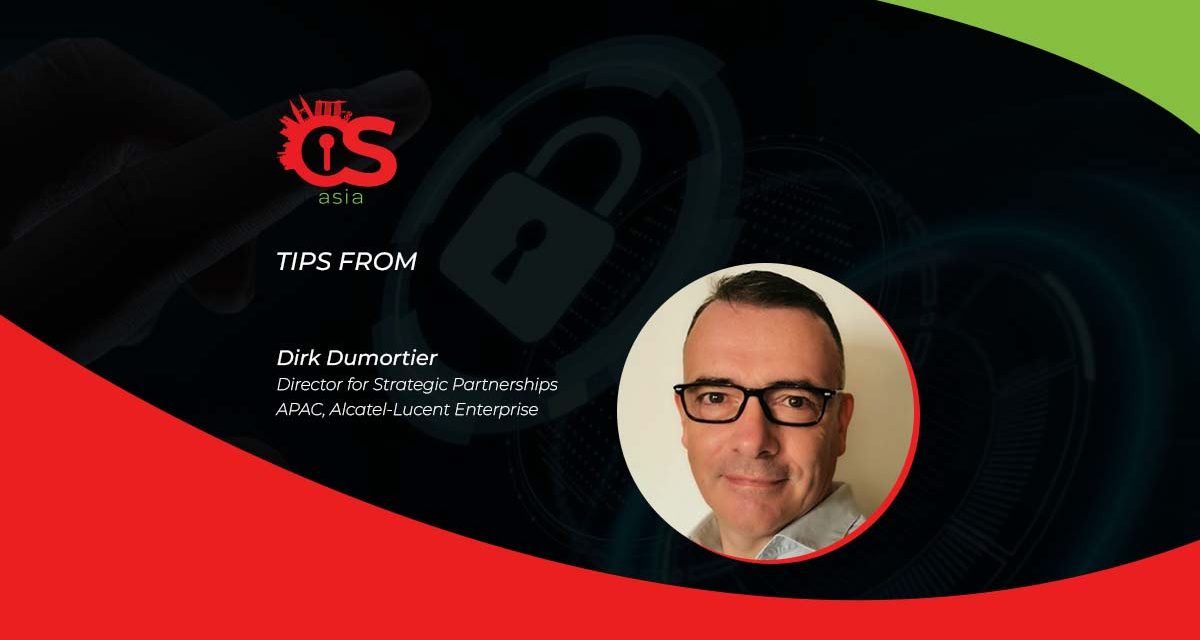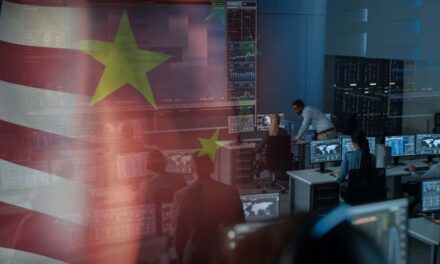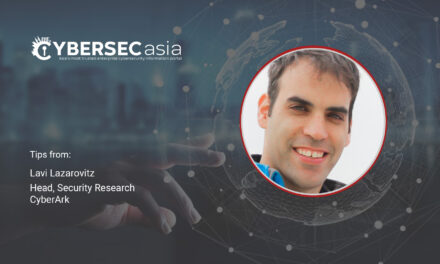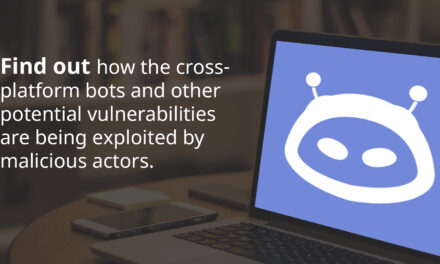In a ‘porous’ digital world with no easily-enforceable virtual boundaries, how can AI be used to enhance the zero trust model?
When users are connected from anywhere — at home, a café or at the office — the perimeter defenses of old are no longer enough to ward off malicious cyber attackers looking for new loopholes in an enlarged target.
More than ever, resilience must be built into the digital infrastructure of a country, since so much depends on it. Transport, energy, aviation, transport, healthcare, and finance are some sectors whose digital services are critical to a nation’s basic functioning today.
Many organizations, including governments, are turning to the Zero Trust model and banking on AI to detect and intercept cyberattacks. Though both technologies are in their early stages in terms of adoption, their convergence is set to shape modern cybersecurity strategies.

Integrating AI with Zero Trust
With AI developing to a point where it is in natural alignment with established zero trust principles, it can be amplify the capabilities of a ZT infrastructure in three key ways:
- Dynamic policy enforcement: AI’s real-time decision making capabilities will help enhance network segmentation, so only users with the right credentials get access to the right digital assets.
- Advanced behavioral analytics: AI’s automatic pattern recognition will enable cyber defenders to verify identities more effectively, while detecting anomalies that could reveal unauthorized access or a potential cyberattack.
- Proactive threat intelligence: AI’s “foresight”, garnered through its analysis of patterns and by hunting for threats proactively, can help detect threats before an organization becomes compromised by them.
Benefits and outcomes
For governments and cities, AI and Zero Trust can play a critical role in strengthening a country’s digital backbone, as well as safeguarding critical infrastructure such as utilities, transportation systems, healthcare and more.
As a reminder of the serious disruption that can occur in such sectors, Japan’s busiest shipping port was prevented from receiving shipping for two days in July this year, causing shipping containers to be delayed. The port of Nagoya, a key hub for car exports, was hit by a ransomware attack. Despite operations eventually resuming, the incident has created concerns over the impact on the local economy and the supply chain, CNN reported.
As such, having smart monitoring tools powered by AI can:
- help IT teams detect and anticipate issues quickly
- minimize network downtime
- anticipate and address network issues before they are noticed by end users
- issue alerts as problems arise
- suggest solutions for various network and security-related issues
Such smart tools can be made part of a public confidence framework, which can help to not only simplify decision making, but also provide insights that may be useful towards optimizing network performance and observability.
Challenges in merging AI with zero trust
A key consideration is ensuring the robustness of AI models so that they deliver results that are accurate and unbiased. This is a difficult challenge for many governments, with some countries adopting today’s well-known foundational models for generative AI, while others are developing their own.
There are also economic implications: AI needs to be trained on relevant datasets, and requires compute power that comes from investments into state-of-the-art infrastructure, which are generally at all-time highs given the current shortage of purpose-built processors and graphics processing units (GPUs) designed to accelerate AI workflows.
On the other hand, the cost of investing in AI today to bolster zero trust would also deliver long-term benefits in improved public safety.
Watchwords for the future
The pace of change is so fast today that it is often difficult to anticipate future challenges, though there are several areas that are important to track in the years ahead:
- Quantum computing is still years away from replacing existing classical computing, but the technology has the potential to boost computing power by multiple times, which means today’s encryption that keeps data private and secure can be easily broken in the future.
- Sophisticated and ever-evolving AI-powered (and in the future, quantum-powered) cyber threats will continue to glow brightly on the radar.
- Cyber threats will always be around in some shape or form, and reducing their potential impact ultimately requires close collaboration among governments, industries, academia, and global communities.
Therefore, even as a convergence of AI and Zero Trust is ready to deliver new tools to combat future threats, collective responsibility is just as critical in advancing a security paradigm that enables a more secure, connected future.

















